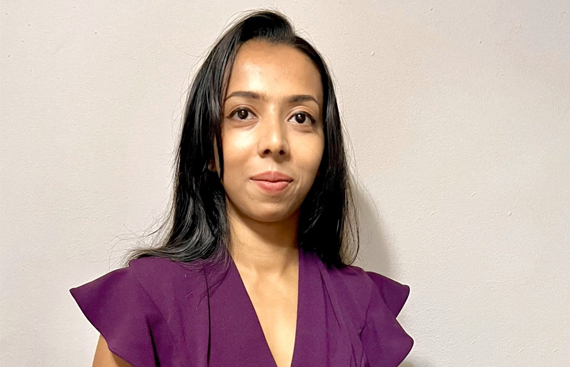Transformative Wizardry in Healthcare Informatics: The ETL Ballet and the Canvas of Data, Explored by Wasim Fathima

Within the intricate web of contemporary healthcare, a realm where patient histories, diagnostic reports, billing intricacies, and appointment nuances weave the fabric of operations, data stands as the life force that propels the industry forward. Navigating this vast expanse of information in its raw state resembles attempting to sip water from a rushing fire hydrant. Enter the realm of transformative wizardry—ETL (Extract, Transform, Load)—a pivotal player offering a nuanced remedy to the intricate challenges woven into healthcare data.
Over the past half-decade, Wasim Fathima has emerged as a luminary in the realm of healthcare IT, steering the course of data extraction processes. The staggering diversity of data fountains, spanning from Electronic Medical Records (EMRs) to wearable contraptions, demands an exquisitely nuanced extraction choreography. Each source, with its distinctive format, structure, and idiosyncrasies, transforms the extraction process into a meticulous ballet of precision. This dance orchestrates data integrity while gracefully accommodating the disparate nuances of varied sources, akin to the harmonious creation of a symphony, where every instrument contributes its unique tune to craft a masterpiece.
Post-extraction, the data undergoes a metamorphic phase where raw information is purged of impurities, enriched, and structured for subsequent analysis or integration. The challenges during this transformative journey are multifaceted. Data from legacy systems can be labyrinthine, riddled with omissions, duplicates, or incongruities. Crafting transformation rules to smooth these intricacies without sacrificing vital information necessitates an intimate understanding of both the source system and the desired outcome. This phase mirrors the work of artists piecing together a mosaic, where seemingly inconsequential fragments coalesce to form an integral part of a larger, cohesive picture.
The concluding step, loading, directs this refined data stream into its new sanctuary, whether it be a data warehouse, a business intelligence tool, or another system. "Given the sensitive nature of healthcare data, this phase demands stringent security measures. Balancing data confidentiality while ensuring accessibility to authorized personnel is a delicate equilibrium," she emphasized. It's akin to constructing a secure bridge for data to traverse from one point to another.
Beyond the intricacies of the ETL process, an equally crucial yet often underestimated facet is the art of data mapping. Particularly in healthcare, where disparate systems converse in different terminologies, coding standards, and structures, mapping becomes indispensable. It's analogous to translating poetry across languages, where precision isn't solely about getting the words right but capturing the essence, context, and nuances.
"Throughout my journey, I've realized that mastering the ETL process and data mapping transcends technical expertise. It's about comprehending the soul of the data—its journey and potential impact on healthcare outcomes. It's about ensuring that when a physician scrutinizes a patient's data, they perceive a story, a narrative, rather than a mere collection of disjointed facts," she concluded.
In conclusion, as healthcare relentlessly progresses toward digitization and data-guided decision-making, the significance of transformative wizardry through ETL becomes increasingly paramount. It's a realm that seamlessly blends art and science, where the conductor ensures that the symphony of data yields not just isolated facts but a harmonious narrative—a tale that healthcare professionals can read and comprehend. This transformative journey is both humbling and exhilarating to be a part of.
